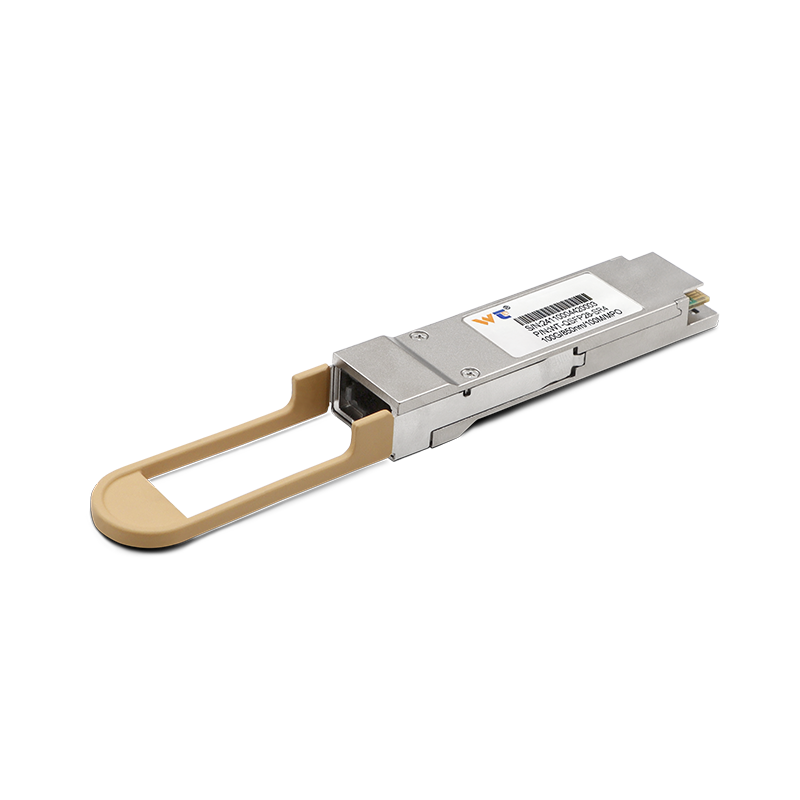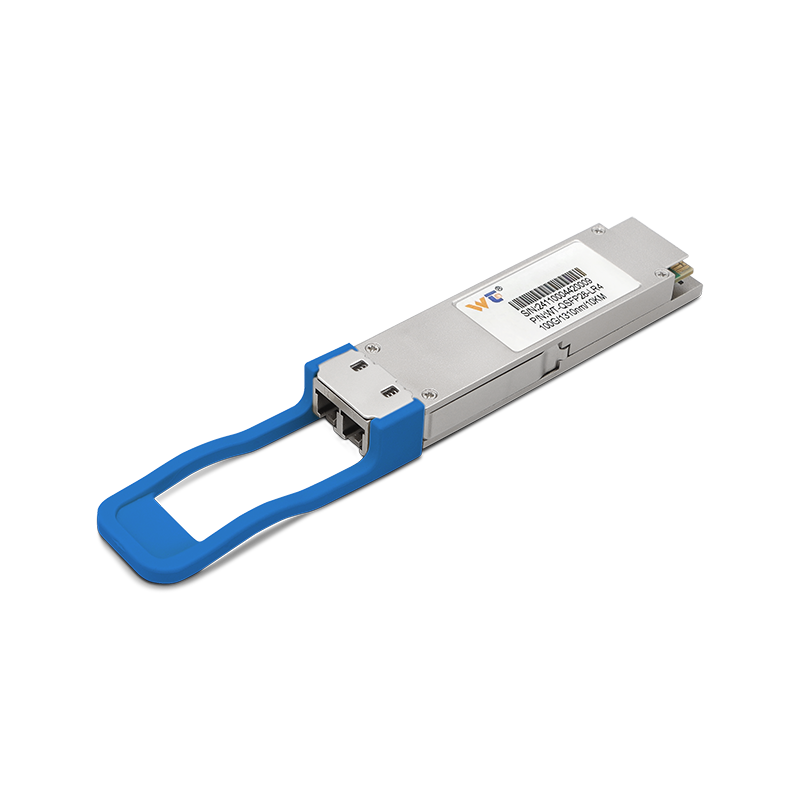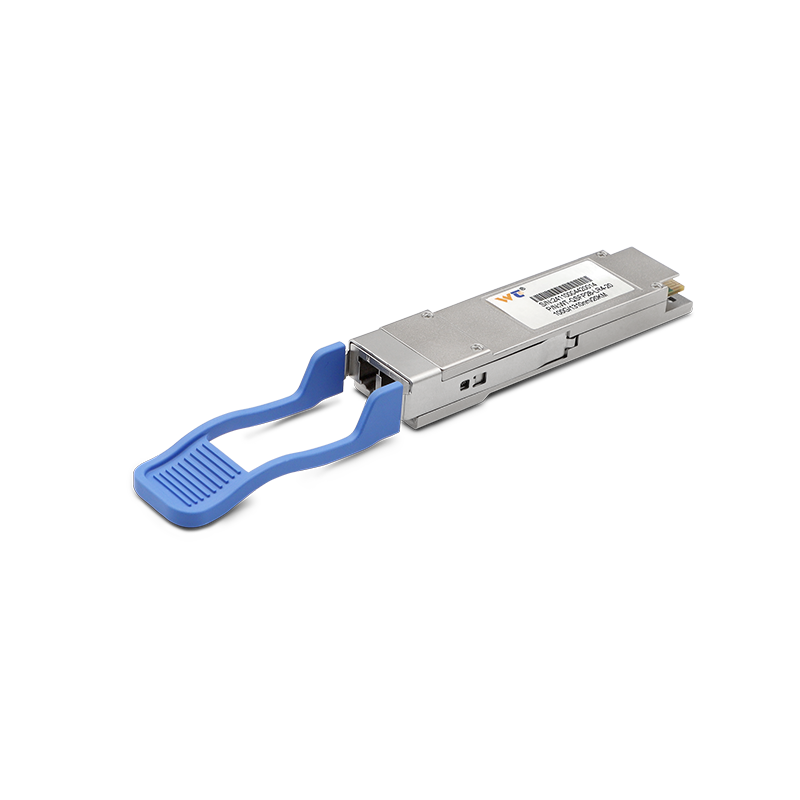In today’s fast-paced world of network engineering, getting a grip on VLAN segmentation is like having a secret weapon in your toolbox. Seriously, let’s tackle a topic that tends to fly under the radar even for experienced network engineers: What happens when VLANs aren’t correctly segmented? This isn’t just tech talk; it strikes at the very heart of a network’s efficiency, security, and scalability. VLAN segmentation can revolutionize how networks operate, yet many people just don’t see its far-reaching consequences. So, let's break this down step by step and really understand why it’s crucial.
When VLANs aren't segmented in a smart way, a whole host of issues can arise that can throw a wrench in both performance and security. The first problem that typically crops up is the dreaded broadcast storm. Picture this: your network is like a busy café, and if everyone starts shouting at the same time (that’s the broadcast traffic), chaos ensues! In a non-segmented network, any broadcast from one device gets blasted to all devices in the same VLAN. This can lead to a bottleneck that slows everything down to a crawl. Then there’s the looming threat of security vulnerabilities. Without proper segmentation, departments might end up sharing the same digital space, which is a nightmare waiting to happen. Sensitive information can leak like a bad faucet, making it super easy for unauthorized folks to slip in and steal data. And don’t forget about the risk of IP address conflicts! In larger organizations, the potential for overlapping IP addresses skyrockets, leading to communication hiccups that make network management a headache.
To really grasp the need for effective VLAN segmentation, let’s backtrack a bit and lay down some basics. VLANs offer a way to create isolated networks on a single physical infrastructure, kind of like having separate rooms in a house where different groups can hang out without bumping into each other. The cool thing is, each VLAN works as its own broadcast domain. Any broadcast messages sent in one VLAN stay put and don’t mess with the others, keeping things running smoothly and securely. Plus, VLANs add a layer of network scalability. When it’s time to bring new departments or devices on board, instead of having to tear the whole network apart, IT teams can just set up new VLANs. This modularity not only saves time but also resources. The magic happens through protocols like IEEE 802.1Q, which standardizes VLAN tagging, ensuring that different devices can communicate without losing that all-important segmentation.
Now, if you're wondering how to nail down effective VLAN segmentation, here’s a roadmap you can follow:
- Assess Network Requirements: Figure out what different departments or groups really need.
- Design VLAN Architecture: Sketch out a detailed plan for how many VLANs you’ll need and what each one’s mission is.
- Configure Switches: Get into your switches’ configuration interface and set up those VLANs as per your grand design. Use the 'switchport mode access' command to make those all-important assignments.
- Assign IP Addresses: Hand out subnet ranges for each VLAN, ensuring there’s a clear path without overlap to dodge potential conflicts.
- Test Communication: Check if everything’s connecting as it should, and ensure that each VLAN is keeping things neat and tidy.
- Monitor Performance: Engage those network monitoring tools to keep an eye on performance and spot any lurking traffic issues or vulnerabilities.
Now, if we look ahead at advanced techniques, there's buzz around dynamic VLAN assignment via protocols like 802.1X. This innovation could further boost security by using authentication processes that adjust VLAN membership based on a user’s role. Imagine, a network that adapts and responds to security challenges in real time—how cool is that?
So, what could happen if VLAN segmentation is ignored over time? The fallout can be pretty grim. Organizations may find themselves drowning in extra costs due to a cycle of troubleshooting and fixing ongoing network issues. As problems pile up, user trust could plummet, potentially leading to severe financial losses from breaches. On the flip side, if VLANs are segmented thoughtfully, companies could experience improved performance, enhanced security, and a solid infrastructure that supports agility and innovation.
A common question that pops up is, "How many VLANs should I set up?" Well, it really depends—on the size of your organization, the number of departments, and the level of security you need. By considering these factors, network engineers can figure out the right number of VLANs for their setup.
As someone active in this field, I truly urge you to take these segmentation practices seriously in your network design. Start with small changes in your current setup and gradually expand as you start seeing the benefits. Focus on ensuring security and performance today, and you’re investing in a resilient network for tomorrow.
In conclusion, neglecting proper VLAN segmentation can spell disaster, impacting both performance and security in major ways. By understanding the concepts at play and following a structured approach, network engineers can dodge these pitfalls. Staying updated with emerging technologies can amplify their effectiveness. Ultimately, VLAN segmentation isn’t just a technical checkbox to tick off—it’s a fundamental piece of the puzzle in modern network design. By embracing these practices, businesses can safeguard their networks, making them secure, efficient, and ready for the challenges of the future.






